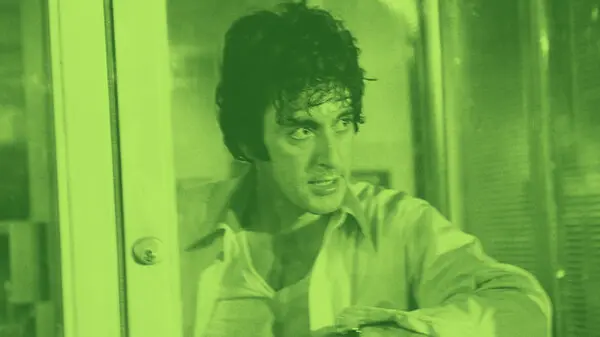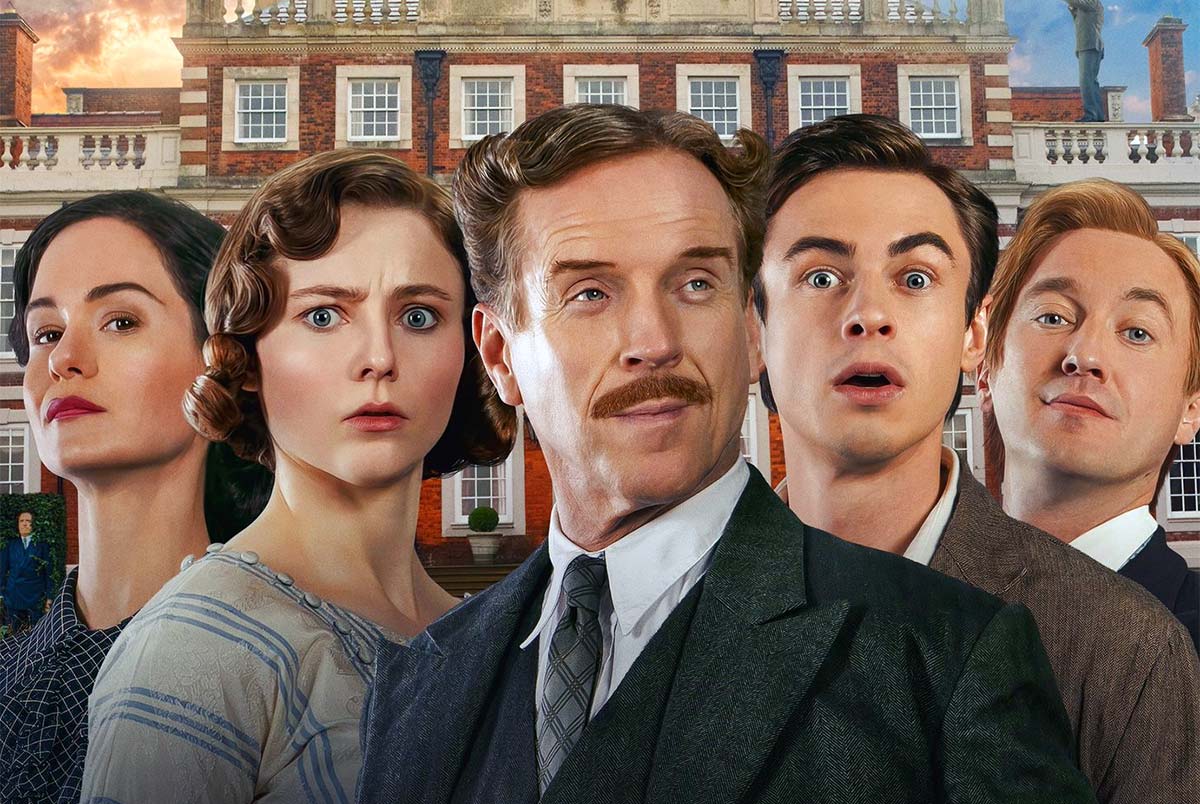
Joker: Folie à Deux (2024) - Review
- Oct 8, 2024
The much-anticipated sequel to the gritty Todd Phillips’ box-office hit Joker, 'Joker: Folie à Deux,' is fraught with similar divisiveness, perhaps magnified by the choice to transform the narrative into a musical. Key aspects of dislike or approval are likely to orbit around Phillips' choice to isolate Phoenix’s Arthur in a prison or courtroom with short-lived escapes to freedom - and musical numbers.
Despite these musical interludes, the prism through which we observe Arthur remains fogged by similar themes of mental illness and childhood trauma as presented in the first film. This isolation, however, provides an opportunity to introduce Lady Gaga as Lee, a character who later becomes Harley Quinn. In the grim confines of the Arkham State Hospital where Arthur is a maximum-security prisoner, amid the bleak narrative, a flicker of romance and hope breaks through in the form of their budding relationship.

The massive global success of the first Joker film and anticipation for the sequel will likely ensure Joker: Folie à Deux makes a hefty sum in box office earnings, coupled with the intrigue surrounding Gaga’s role and the ambitious step towards musicality. However, the choice to make this a musical remains an intriguing cast on this sequel, and whether it enhances or distracts from the narrative will be up to individual viewers to decide.
On terms of the narrative itself, there's a continuity in Phoenix's interpretation of Arthur Fleck from the first film. The transformation of the character is engrossing, sometimes unsettling, but never disconnected from the complex persona developed in Alan Moore's comics. Despite potential criticism from hardcore DC fans over core changes to the Joker’s narrative, credit must be given to Phillips and co-writer Scott Silver for daring to approach a beloved, canonical character from a refreshing new angle. Whether this gamble pays off in the long run can only be determined by time and viewer reception.







